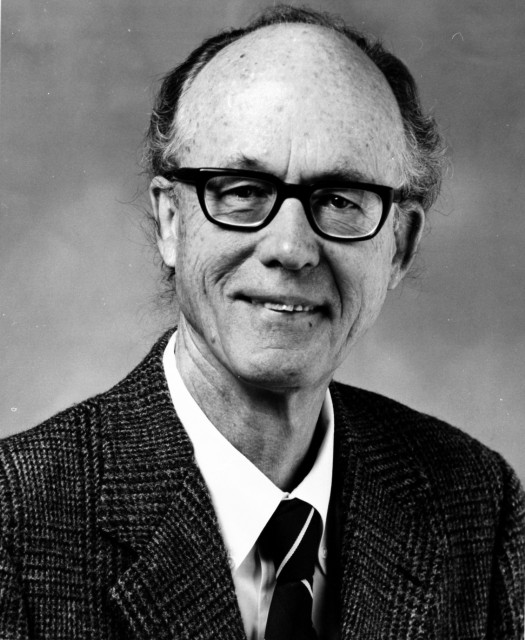Harden Marsden McConnell
1927-2014

McConnell's contributions cover a wide range of theory and experiment, ranging from NMR spectroscopy to molecular immunology. He developed theoretical models to explain NMR spectra in organic systems, including the use of group theory for analysis of high-resolution spectra, the theory of shielding, nuclear relaxation and the measurement of reaction rates by NMR. In EPR spectroscopy, the McConnell equation provides a direct link between the proton coupling constant and the unpaired p-electron spin density on the adjacent carbon atom. He developed theories of triplet excitons and ferromagnetism which were later verified experimentally. The concept of spin-labeling, using stable free radicals and EPR to detect local environments in biological systems was first introduced by McConnell and then used by him to study the structure and dynamics of motion in biological membranes and the nature of antibody-antigen combining sites. Others of his research areas include the physical chemistry of monomolecular films and the development of silicon-based biosensors to provide information about cellular responses.
McConnell obtained the Ph.D. at Cal Tech (1951). After postdoctoral work and a period in industry he joined the Cal Tech faculty (1956-64), then moved to Stanford University (1964-present). His many awards include the ACS Awards in Pure Chemistry (1962) and Surface Chemistry (1997), the Peter Debye Award in Physical Chemistry (1990) and the National Medal of Science (1989). Several of his over 400 papers are among the most cited publications in chemistry.
Location in chemistry building: Basement Floor; West Wing South Wall; Sequence 1
Source: Professor McConnell